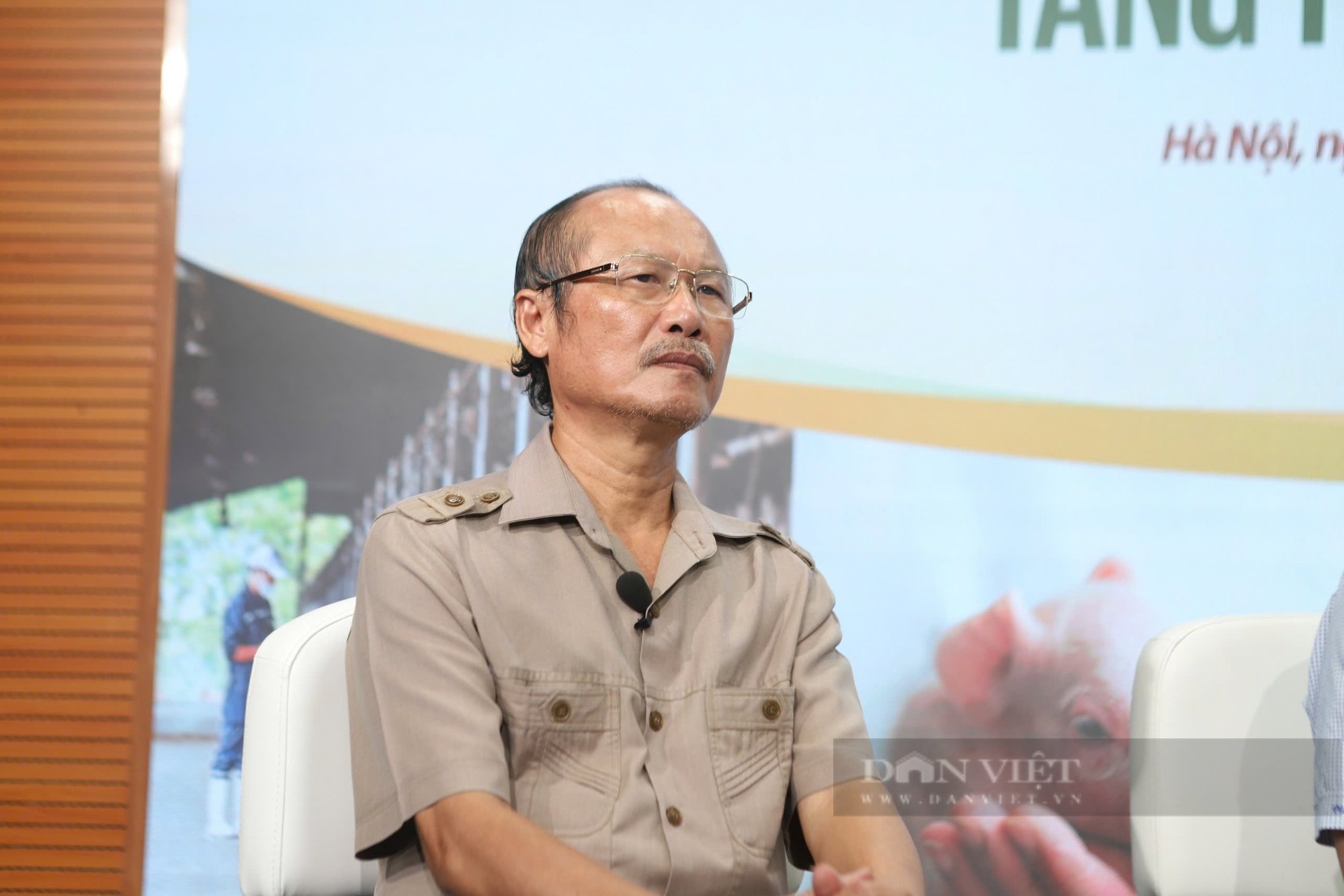
Dr. Nguyen Duc Trong - Vice President of the Vietnam Farm and Agricultural Enterprise Association, former Deputy Director of the Department of Livestock Production (Ministry of Agriculture and Rural Development) shared at the online discussion with the topic: "Promoting sustainable livestock production, green growth" on the morning of October 22. Photo: Nguyen Chuong
Need the participation of the State, livestock facilities, businesses...
Sharing at the online discussion with the topic: "Promoting sustainable livestock farming, green growth" on the morning of October 22, Dr. Nguyen Duc Trong - Vice President of the Vietnam Association of Farms and Agricultural Enterprises, former Deputy Director of the Department of Livestock Production said: It can be said that our livestock farming is currently developing relatively well, growing 5-6%/year, producing about 7 million tons of meat. Such a growth rate also has consequences, such as difficulties in organizing scientific access, waste treatment, food safety, etc.
Every year, the Vietnamese livestock industry releases a large amount of waste into the environment. In particular, in the period of 2018 - 2022, each year, an average of over 60 million tons of manure and over 304 million m3 of wastewater are discharged from major livestock species that need to be treated and reused to reduce greenhouse gas emissions and protect the livestock environment. To solve the environmental issue in the livestock sector today requires a large investment in funding, which causes difficulties for both businesses and livestock farmers and affects product prices.
Therefore, according to Mr. Trong, we need advanced technology, suitable to our conditions to develop the environment, safe livestock farming, along with traceability and safety, then livestock farming can develop sustainably. To do this, the State, livestock farms, and businesses must work together to develop sustainably.
So how to develop sustainable livestock farming in a green, environmentally friendly direction, Dr. Trong believes that green growth is an inevitable trend that the livestock industry must aim for.
Livestock sector should not be included in greenhouse gas inventory
The Vice President of the Vietnam Farm and Agricultural Enterprise Association continued to inform that environmental control and livestock emissions in Vietnam are major issues and still have many shortcomings, because Vietnam is among the countries with the largest livestock density in the world .
In addition, Vietnam is the country with the 66th largest natural area in the world, but has the 6th largest number of pigs and the 2nd largest number of waterfowl in the world... small-scale livestock farming accounts for a high proportion; waste treatment technology, although abundant, is not yet complete and suitable, especially in small and medium-sized livestock farms that account for a large proportion of production. Currently, for livestock in Vietnam, pork accounts for about 62%, poultry accounts for about 28-29%, and grass-fed cattle accounts for over 8%.
According to 2022 statistics, Vietnam has about 8 million cattle, 24.7 million pigs and 380 million poultry (GSO 2018-2023). According to the approved Livestock Strategy, by 2030 Vietnam will have about 10 million cattle, 30 million pigs and about 670 million poultry.
The results of the greenhouse gas inventory show that the livestock industry emits about 18.5 million tons of CO2e annually, accounting for 19% of emissions in agriculture. There are two main types of greenhouse gases (GHGs) emitted from livestock: methane (CH4) and nitrous oxide (N2O). According to scientists' calculations, 1 ton of CH4 causes a greenhouse effect equivalent to 28 tons of CO2 and 1 ton of N2O causes a greenhouse effect equivalent to 265 tons of CO2.
GHG emissions from livestock include two main sources: CH4 gas from the rumen of ruminants and CH4 and N2O gas from animal manure.
Dr. Nguyen Duc Trong also pointed out some factors affecting emissions in livestock farming such as electricity and energy, respiration, digestion, animal waste, etc. Some technologies applied in controlling livestock emissions such as: Technology and equipment to control carbon index in feed processing plants and barns are also starting to be recommended in production in Vietnam; treating livestock waste with biogas technology, biological bedding to reduce environmental pollution and reduce greenhouse gas emissions;...
Along with that, Dr. Trong also informed about the regulations of laws and management policies in the field of livestock farming such as: Law on Livestock, Law on Environmental Protection, a number of decrees and decisions on reducing greenhouse gas emissions and protecting the ozone layer...
Mr. Trong also said that the above issue needs to be implemented voluntarily and proactively by businesses and breeders. At the same time, this is an issue that requires appropriate technology and high costs, so it is necessary for the State to have a policy to support land for concentrated breeding, raise awareness, disseminate appropriate technology for all types of breeding and have preferential credit for breeders to borrow to invest in applying appropriate and effective technology.
Besides, because this is a new issue and the domestic livestock sector is still facing difficulties, Mr. Trong recommended that the State should not include the livestock sector in the greenhouse gas inventory, but in the immediate period from now until the end of 2026, it should only apply the form of encouraging livestock facilities to carry out inventory and control of emissions in livestock farming.
Finally, during this time, Dr. Trong said: We need to strengthen propaganda activities, train technical staff, improve technologies and policies to improve management capacity and apply technologies in waste treatment, inventory and control of greenhouse gases in livestock farming, ensuring that when the State puts livestock farms on the list of greenhouse gas inventories, all factors have been prepared.
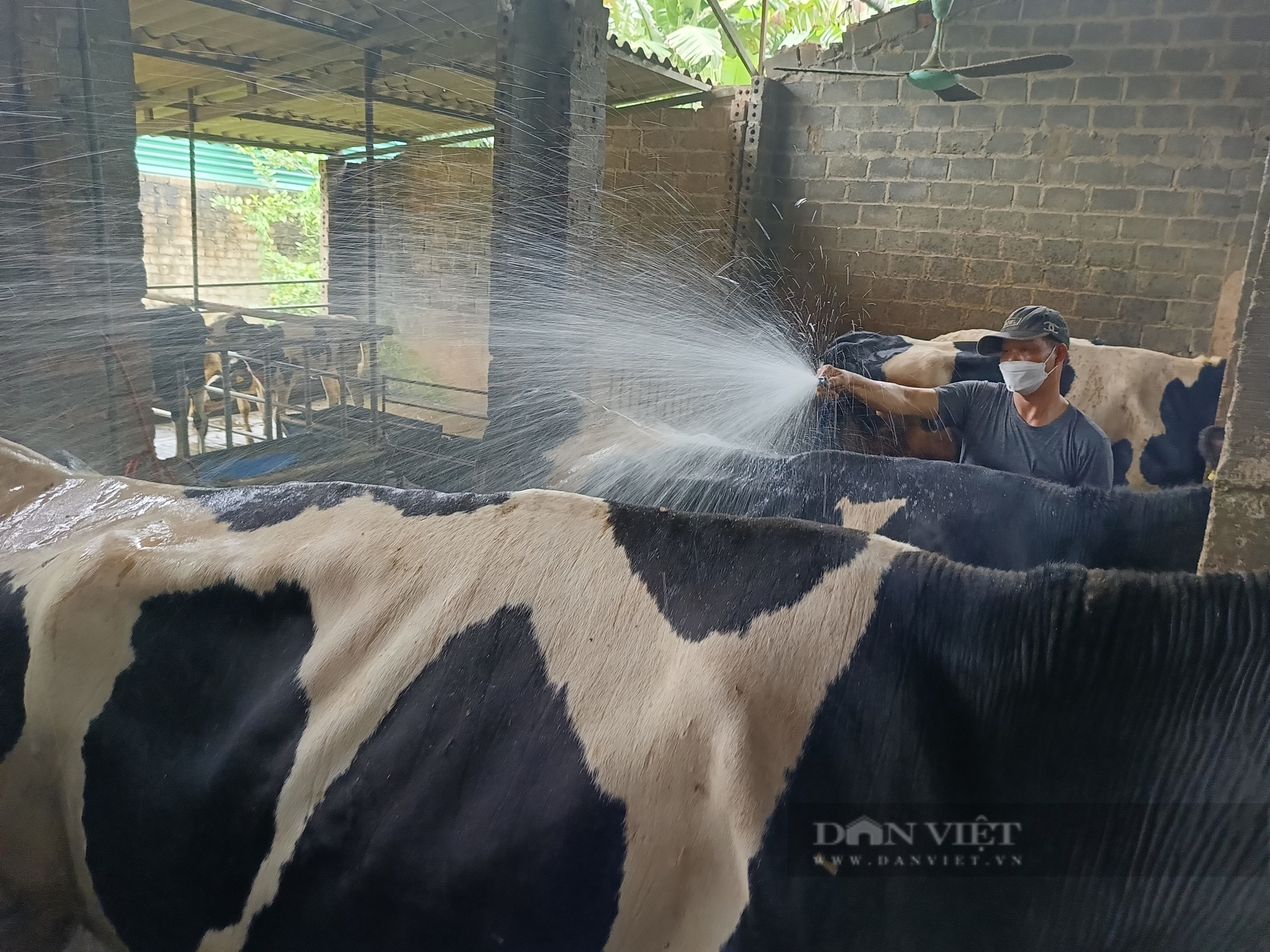
People bathe and clean dairy cow barns in Ba Vi (Hanoi). Photo: TQ
Experience from countries around the world
Sharing about this issue, Dr. Tong Xuan Chinh - Deputy Director of the Department of Animal Husbandry said that currently in the world, countries with developed livestock industries include North America, Europe, Australia, New Zealand,... These are countries with many advantages over Vietnam.
Because they have large grasslands, they are interested in reducing CH4 emissions, so livestock sectors such as cows, goats, and sheep are also developing strongly. In some countries, the herds of goats and sheep are even larger than their population. In many countries, livestock is where they focus on solutions to reduce CH4 emissions.
There are many technologies for livestock to reduce emissions such as using microbial products, organic acids, balancing microorganisms in grass, reducing CH4, and increasing livestock efficiency.
In addition, the Nordic countries have returned to a livestock farming solution that their ancestors used to do, but have applied advanced solutions such as crop farming combined with livestock farming, which we often call circular, ecological, organic livestock farming...
In Vietnam, we see that our organic circular livestock farming and green growth are still in the approach stage, so many things need to be improved from the policy mechanism and process to help farmers have better access. Thereby, helping people to both treat waste and utilize waste resources to recycle for livestock farming, cultivation... to increase value and income.
Besides, consumers who buy organic and ecological products have to pay more, so tracing the origin and labeling of products so that consumers spend more money also contributes to protecting the environment.
"To do this, there needs to be a clear distinction so that ordinary consumers can know which product is organic and which is normal. This is important to promote more sustainable livestock farming. Strengthen sustainable, environmentally friendly livestock farming and increase the value of livestock products," Mr. Tong Xuan Chinh informed.
Source: https://danviet.vn/chuyen-gia-bay-cach-bien-hang-tram-trieu-tan-chat-thai-chan-nuoi-thanh-tai-nguyen-lam-giau-cho-nong-dan-20241022121922436.htm


![[Photo] Prime Minister Pham Minh Chinh chairs meeting on science and technology development](https://vphoto.vietnam.vn/thumb/1200x675/vietnam/resource/IMAGE/2025/5/17/ae80dd74c384439789b12013c738a045)
![[Photo] National conference to disseminate and implement Resolution No. 66-NQ/TW and Resolution No. 68-NQ/TW of the Politburo](https://vphoto.vietnam.vn/thumb/1200x675/vietnam/resource/IMAGE/2025/5/18/adf666b9303a4213998b395b05234b6a)



![[Photo] More than 17,000 candidates participate in the 2025 SPT Competency Assessment Test of Hanoi National University of Education](https://vphoto.vietnam.vn/thumb/1200x675/vietnam/resource/IMAGE/2025/5/17/e538d9a1636c407cbb211b314e6303fd)





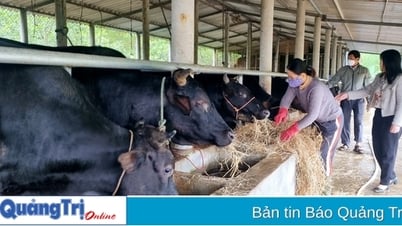
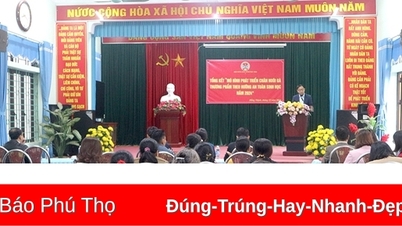


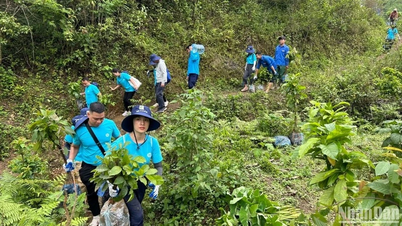

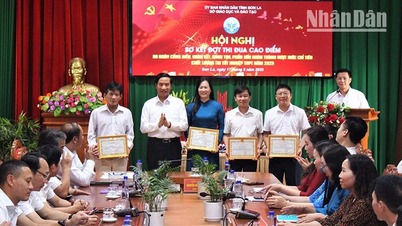
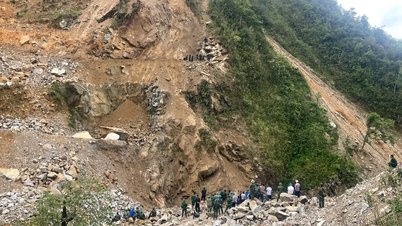
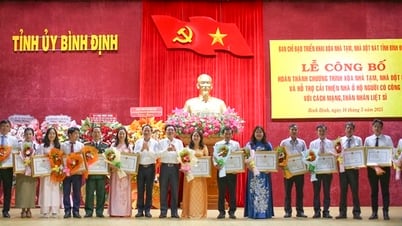

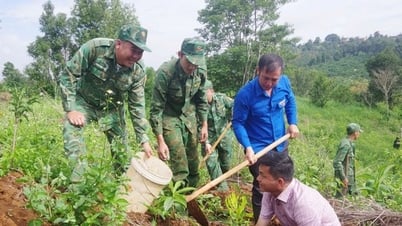







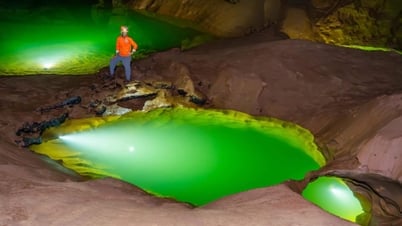
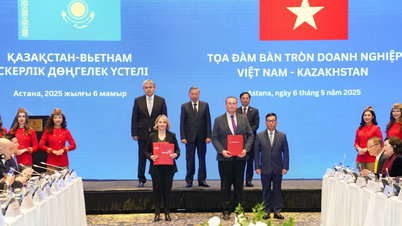

![[Photo] Readers line up to visit the photo exhibition and receive a special publication commemorating the 135th birthday of President Ho Chi Minh at Nhan Dan Newspaper](https://vphoto.vietnam.vn/thumb/1200x675/vietnam/resource/IMAGE/2025/5/17/85b3197fc6bd43e6a9ee4db15101005b)

















































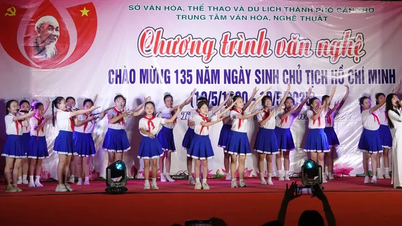



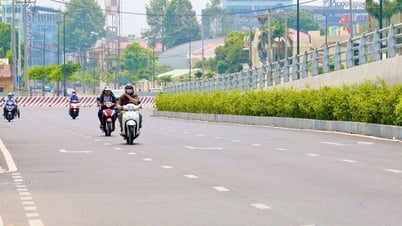
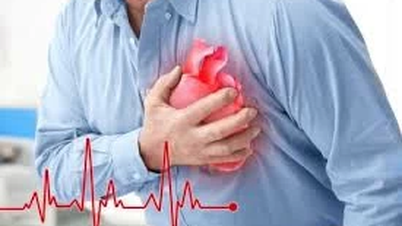











Comment (0)